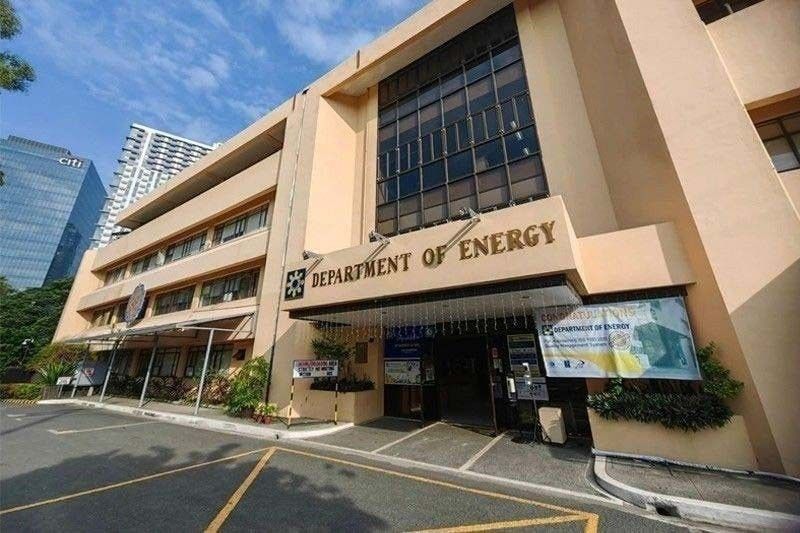
Manila, Philippines — The Philippine Energy Efficiency Alliance Inc. (PE2) has welcomed the Department of Energy (DOE)’s ongoing push for energy efficiency and conservation (EE&C) across sectors.
PE2 president Alexander Ablaza lauded the DOE’s multi-sectoral interventions to accelerate EE&C implementation.
Energy Secretary Raphael Lotilla has cited the effective implementation of EE&C measures as an equally important aspect or pillar of the government’s energy program.
He said EE&C’s effective implementation would bring down overall energy consumption, lower greenhouse gas emissions, and reduce intensity in the production of goods and services.
“This is not just simply a gut feel reaction to the high prices in fuel, but the direction that we must take as a society,” Lotilla said.
“Sustainable development goals require a change in lifestyle, and it requires a change in consumption patterns. These are the things that we need to undertake in order for our energy programs to succeed,” he said.
Lotilla said the Government Energy Management Program also promotes efficiency in the way the public sector consumes electricity and petroleum.
The program has achieved savings of 20.69-gigawatt hours of electricity since 2019, which is equivalent to around P206.87 million corresponding to 14,481 tons of carbon dioxide reduction.
“These are modest, but still a good start,” the energy chief said.
Lotilla said the Interagency Energy Efficiency and Conservation Committee (IAEECC) recently called on government agencies and local government units to tap solar energy in their government-owned buildings to help minimize the country’s exposure to price fluctuations of fuel prices in the international markets.
The new IAEECC resolution states that government entities that will install solar PV system or any equivalent renewable energy technology with a capacity not exceeding 100 kilowatts are allowed to be qualified end-users and may enter into a net-metering agreement with their distribution utilities.
Lotilla said this would pave the way for the reduction of their monthly electricity consumption which the government could re-channel to other services, such as health and education.
“I’ve been emphasizing that we have to work with industry in order to reduce the energy intensity that is being used whether it’s in cement plants, in sugar mills, or in other areas of industry. We need to work with [these] sectors,” he said.
Lotilla said the DOE is also working to grow electric vehicle (EV) adoption in the country.
He said that in the issuance of the Electric Vehicle Industry Act which also promoted the development and use of alternative fuels and technologies, the Comprehensive Roadmap for the Electric Vehicle Industry sets a minimum 10 percent EV share in the vehicle fleet by 2040.
“Our more ambitious target is to refleet 50 percent of all vehicle fleets by 2040 under a clean energy scenario,” Lotilla said.
